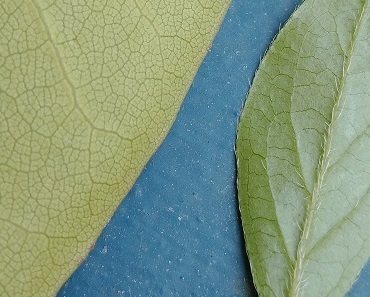
Q:
I can't always tell rhododendrons and azaleas apart. Is there a way to distinguish between them?
A: The answer is complicated because an azalea is also a rhododendron, but not all rhododendrons are azaleas! Furthermore, some azaleas are evergreen and others are deciduous. The
Azalea Society of America gives a few pointers:
"Some small-leaved rhododendrons look like evergreen azaleas. To tell them apart, first look at a flower — most azaleas have only 5 or 6 stamens, while most rhododendrons have 10 stamens. Then look at a leaf — azalea leaves tend to be thinner, softer and more pointed than rhododendron leaves. Azalea leaves tend to have long straight hairs parallel to the leaf surface, usually along the midrib on the underside of the leaf. Finally, using a magnifying glass, look at the underside of a leaf for tiny round structures called scales. Azalea leaves never have scales, while small-leaved rhododendron leaves are always covered with scales. (The more correct name for small-leaved rhododendrons is 'lepidote' rhododendrons, where lepidote means 'covered with scales')."
In case you are curious, evergreen azaleas were first cultivated in Japan over 400 years ago (according to Christopher Fairweather, in his book
Azaleas, Globe Pequot Press, 1988). These were the evergreen azaleas. The first azaleas in European gardens (starting in the 17th century in Holland) were deciduous, and they were endemic on three continents (particularly from Turkey, the Far East, and both coasts of North America).
There is a taxonomic explanation in Fred C. Galle's book,
Azaleas (Timber Press, 1987):
"The genus
Rhododendron was first recognized by Linnaeus in
Species Plantarum in 1753. Linnaeus created a separate genus
Azalea containing six species. In 1834, George Don [...] subdivided
Rhododendron into eight sections which are botanically retained today. Azalea was included under the genus
Rhododendron by Don. In 1870. Dr. C. J. Maximowicz made a major contribution in the classification of
Rhododendron and many oriental
Azalea based on the position of leaf bud in relation to flower buds. More recent classifications reflect refinement rather than major changes. [...] The question of splitting
Azalea into a separate genus came up as late as 1943, but it is hoped that this classification will never be accepted."